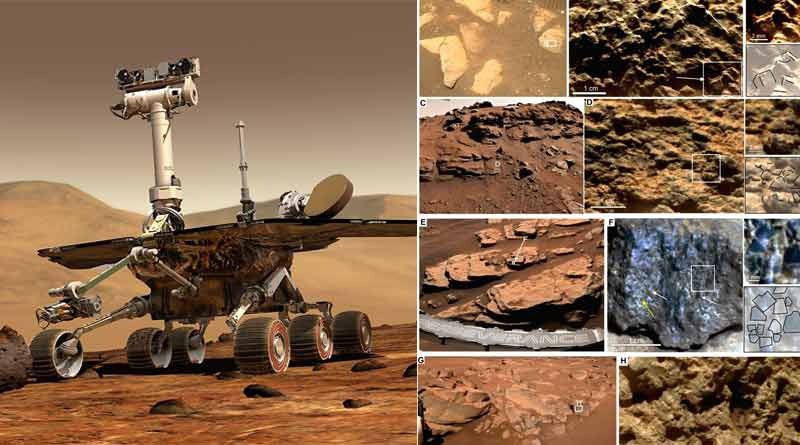Mars has a dark green landscape too, discovers NASA rover
Mars has several volcanic rocks composed of large grains of olivine – the muddier, less-gemlike version of peridot that tints Hawaii’s beaches dark green – as discovered by NASA’s rover Perseverance. Let’s explore more about it!
About The Green Landscape
Perseverance landed in the Jezero Crater, a location that was chosen partly because the crater was once a lake and part of a rich river system back when Mars had liquid water, air, and a magnetic field. Once on the ground, the rover discovered something unexpected. According to researchers from Purdue University in the United States, many of the rocks are dark green in nature, rather than the expected sedimentary rocks that are washed in by rivers and accumulated on the lake bottom.

“We started to realise that these layered igneous rocks we were seeing look different from the igneous rocks we have these days on Earth. They`re very like igneous rocks on Earth early in its existence,” said planetary scientist Roger Wien in a study published in the journals Science and Science Advances.
Understanding the rocks on Mars, their evolution and history, and what they reveal about the history of planetary conditions on Mars, aids researchers in understanding how life may have evolved on Mars and how it compares to early life and conditions on ancient Earth. “One of the reasons we don’t have a great understanding of where and when life first evolved on Earth is because those rocks are mostly gone, so it’s really hard to reconstruct what ancient environments on Earth were like,” said Briony Horgan, associate professor in Purdue`s College of Science.
“The rocks Perseverance is roving over in Jezero have more or less just been sitting at the surface for billions of years, waiting for us to come to look at them. That`s one of the reasons that Mars is an important laboratory for understanding the early solar system,” he added.
The rocks and lava being studied by the Mars rover are nearly 4 billion years old. The Earth’s active tectonic plates, as well as the weathering effects of billions of years of wind, water, and life, have resulted in extremely weathered and beaten rocks. These rocks are much more pristine and easier to analyse on Mars. Scientists can use early Mars conditions to extrapolate the environment and conditions on Earth at the same time that life was beginning to emerge.
Liked this post? Don’t forget to check out our other short stories in our Quick Read section

